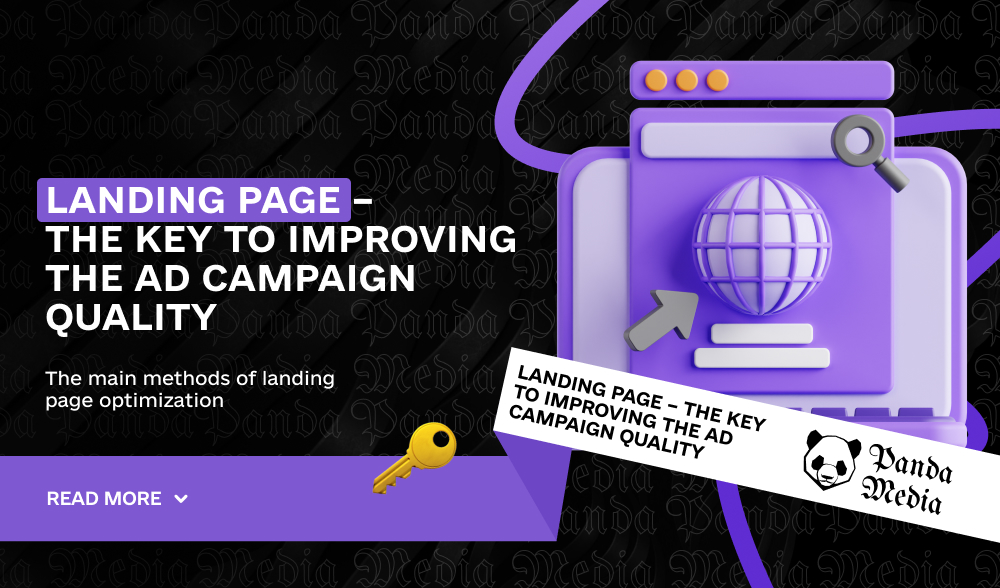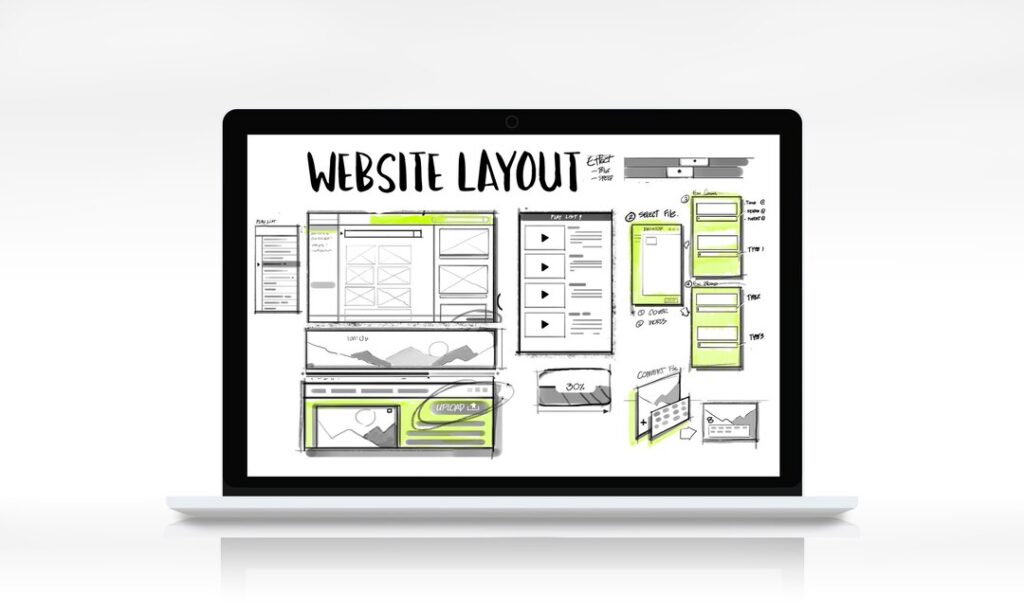Don't miss interesting news

About 80% of global businesses choose Google Ads for their PPC campaigns. This automated tool is capable of self-improvement during operation, which reduces the need for advertiser intervention. Moreover, the context-based and query-specific targeting system allows you to accurately reach the right audience. For this feature to bring maximum benefit to your business, you need to optimize your landing page for each campaign. In this article, we will explore the importance of landing pages and consider ways to improve them before launching ads.

A landing page is a web page designed to implement a marketing campaign that motivates users to take specific actions (purchase, booking, getting a consultation, etc.). The entry point to it is usually an advertisement. Such a page is also called a landing page, landing page, or one-page.
A landing page is a key element in the online marketing funnel that logically continues an ad. Its main task is to inform users in detail about the advertised product or service. When a visitor lands on a landing page, he or she immediately makes a decision: to buy or refuse the product. This brings two key benefits to businesses:
This is the basic principle of a landing page optimized for a specific audience. But what if you need to attract several user segments?
Let’s take an example of real estate promotion. Let’s say a developer wants to sell apartments in a residential complex with apartments of different classes. Buyers of such apartments have different income levels, lifestyles, and housing requirements. That is, the audience is diverse. Each segment requires different approaches, emphasizing certain advantages. In this case, several advertising campaigns are created that lead to different landing pages.
This approach ensures effective communication and building an optimal sales funnel.

A well-designed landing page significantly increases the conversion rate of an advertising campaign. Below are recommendations for improving your landing page.
First of all, create a page that meets the needs of the audience. Don’t add unnecessary elements that can be confusing. Additionally:
The main task of a landing page is to encourage the user to perform the target action. To increase the conversion rate, the offer should be as attractive as possible and closely related to the target action.
A trustworthy landing page is a critical success factor because it serves as the first contact between a brand and its customers. Creating a sense of honesty and transparency is key to gaining audience trust.
This includes:
Although a landing page is a single-page website, navigation remains an important component. Since the landing page has a minimal number of buttons and mostly contains information blocks, it is important to provide easy access to all sections. If users cannot find what they need quickly, they will go to competitors.
Here are some key principles for creating a user-friendly navigation:
Studies show that the average attention span is only 8 seconds. Therefore, effective and quick communication with visitors is a key factor in the success of a landing page. Use short but informative messages that clearly answer the audience’s questions.
Visuals can grab attention faster than text. Use high-quality and thematically relevant images and videos to convey important information. Place them at the top of the page for maximum effect.
Creating a fast and user-friendly landing page for Google Ads is extremely important. This will increase the likelihood that the visitor will stay on the site and perform the desired action. Here are a few steps to improve the interaction with your resource:
Running an advertising campaign does not guarantee great results. However, high-quality content and landing page optimization immediately attract the attention of potential customers and increase the conversion rate. It is important to work out in detail the relevance and ease of navigation of the page, as well as to ensure that it encourages visitors to take the right actions, and does not push them away due to slow loading speed or questionable content.